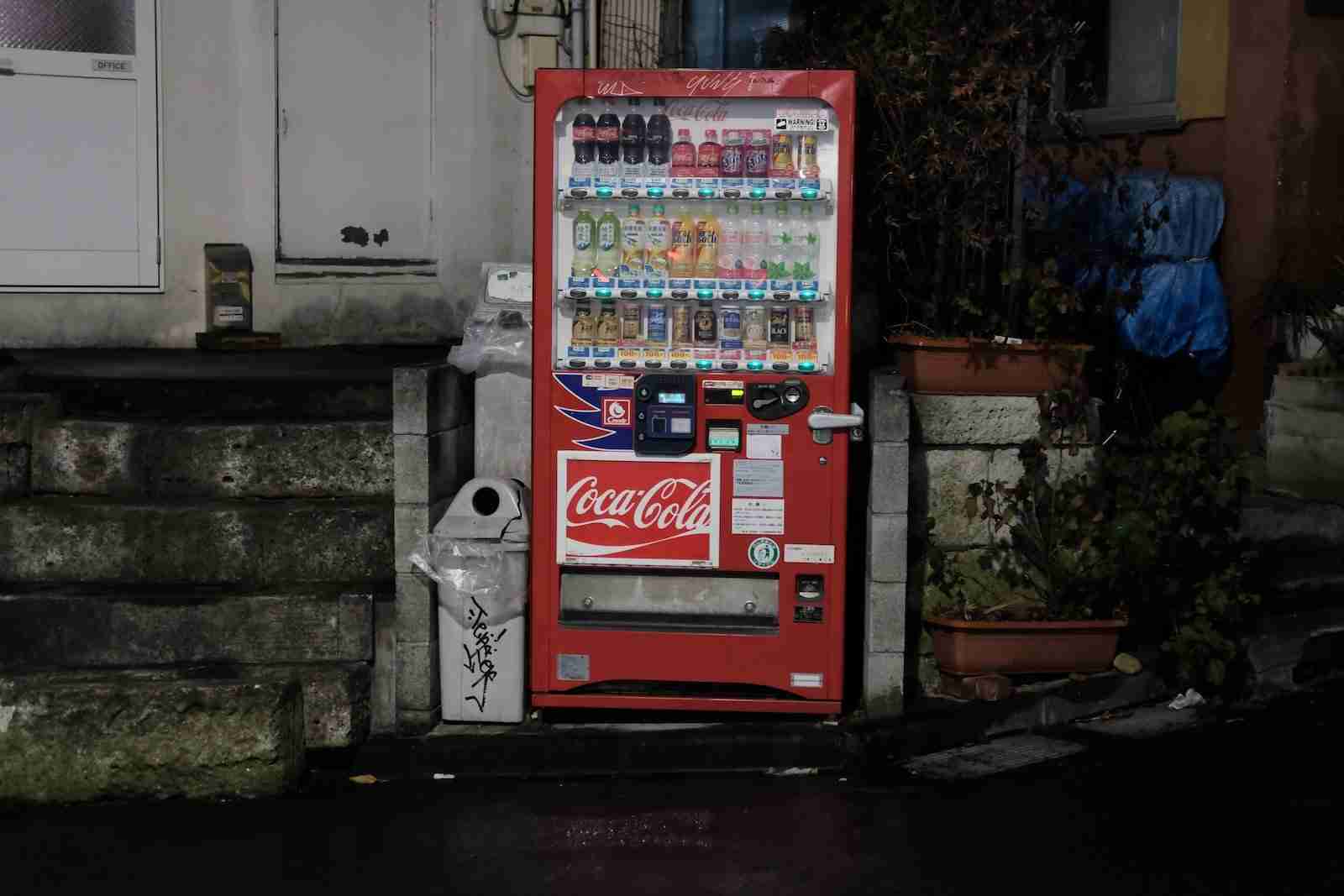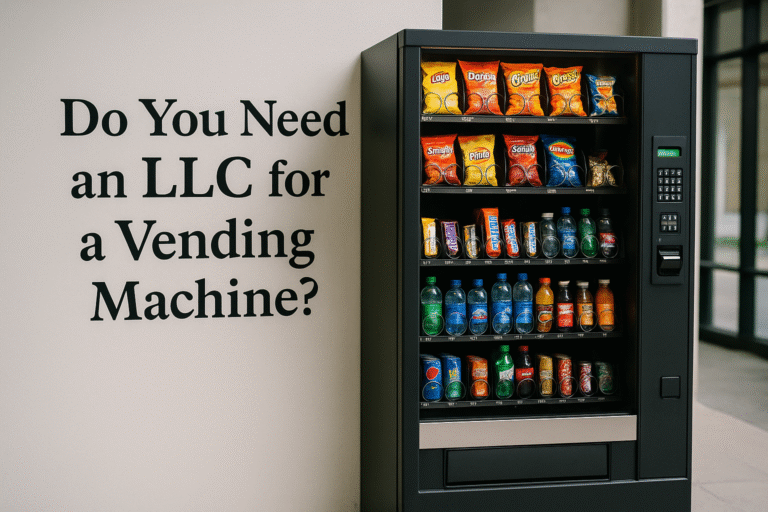Introduction: The Allure of the Vending Machine Side Hustle
Vending machines have steadily grown in popularity as a potential source of secondary income. The relatively low operational involvement coupled with consistent demand makes them an enticing prospect. With the right strategies, a vending machine can transition from a mere passive income source to a full-fledged side hustle, complementing your primary job.
The feasibility of managing vending machines alongside a primary job hinges on efficient time management, understanding the market, and leveraging technology. Before embarking on this journey, understanding the basics and the intricacies of the vending machine business is paramount.
Vending Machine Basics: A Quick Primer
The vending machine business, though seemingly straightforward, has nuances that can significantly impact profitability. Different machines cater to various needs: from snacks and beverages to electronics and even personal care products. Each has its own set of operational requirements and profitability margins.
While the initial setup costs can vary based on the type of machine and its location, most investments revolve around the machine purchase, stock procurement, and installation charges. It’s essential to have a clear financial plan, especially when running it as a “Vending Machine Side Hustle.”
Beyond the costs, understanding daily operations—ranging from restocking to maintenance—is vital. Setting clear protocols can ensure smooth business flow, minimal downtimes, and consistent profits.
Location, Location, Location: The Key to Vending Success
Any seasoned vending machine operator would affirm: location can make or break the business. High footfall areas like office complexes, educational institutions, and transport hubs typically ensure steady sales. However, securing these prime spots might require research, negotiation, and sometimes a premium.
Not every high-traffic location will guarantee success. It’s equally crucial to understand the specific audience. For instance, a machine in a gym might fare better stocked with protein bars and health drinks than candies and chips.
Moreover, a periodic review of location performance is beneficial. If a particular site underperforms consistently, it might be worth considering a relocation, ensuring the hustle remains profitable.
Balancing Act: Managing Vending Alongside a Primary Job
One of the most significant advantages of a vending machine business is its semi-passive nature. Once set up, they don’t demand constant attention. This makes it feasible to manage even with a full-time job. But this doesn’t mean it’s entirely hands-off.
Effective time management is essential. Carving out specific time slots during the week for restocking, maintenance, and bookkeeping ensures the business doesn’t interfere with your primary job. Thanks to modern technology, many machines come equipped with remote monitoring capabilities, sending alerts when stock runs low.
Additionally, planning for contingencies is crucial. Having a list of service personnel or backup suppliers ensures that emergencies, like a malfunctioning machine, don’t disrupt your main job.
Maximizing Profits: Tips to Enhance Vending Machine Earnings
A profitable vending machine side hustle goes beyond merely ensuring it remains stocked. Active involvement in curating the product mix, based on sales data and customer feedback, can boost sales. Periodic promotions, discounts, or bundled offers can attract more customers.
Pricing is another crucial aspect. While premium locations might allow for a slightly higher price point, it’s essential to ensure the rates remain competitive. Regularly reviewing and adjusting prices, especially in response to wholesale cost changes, can maintain healthy profit margins.
Collaborations can further enhance profitability. Partnering with local businesses for promotional deals—like discounted items with a purchase receipt from a nearby store—can drive additional footfall and sales.
Building Relationships: Networking with Suppliers & Stakeholders
Success in the vending machine side hustle isn’t just about the machines and the products. Building and nurturing relationships with suppliers can lead to discounts on bulk purchases or first access to new products. Regular interactions can also provide insights into upcoming market trends or popular products.
Property owners and managers, especially in prime locations, can be invaluable allies. Keeping them in the loop about the machine’s performance, sharing profits, or even involving them in product selection can foster a healthy, long-lasting relationship.
Engaging with fellow vending machine operators can also be beneficial. Such networks can provide insights into best practices, new location opportunities, and even joint ventures.
Scaling the Hustle: When to Expand Your Vending Portfolio
As with any business, there’s always the temptation to scale. However, the decision to add more machines or diversify product offerings should be data-driven. Regularly reviewing sales data, machine performance, and overall profitability provides insights into the business’s health.
It’s also worth considering the “side hustle” aspect. While expansion can lead to increased profits, it also demands more time and effort. Striking a balance is essential to ensure neither the vending business nor the primary job suffers.
When deemed feasible, scaling should be systematic. Researching new locations, potential markets, or even different machine types can pave the way for a successful expansion.
Challenges to Anticipate Potential Hiccups in the Vending Journey
While the vending machine side hustle offers numerous advantages, it’s not devoid of challenges. Machines can malfunction, leading to downtimes or even potential losses. Ensuring regular maintenance and having a list of trusted service personnel can mitigate such issues.
Consumer preferences aren’t static. An item that’s a bestseller today might see reduced sales in a few months. Regularly reviewing sales data, gathering customer feedback, and being flexible in product selection can help address such shifts.
Other challenges include dealing with theft, vandalism, or unforeseen issues related to the location. Having insurance, security systems, or even simple measures like improved machine lighting can deter potential vandals.
Leveraging Technology: Modern Tools for the Vending Entrepreneur
The vending machine industry, like many others, has been transformed by technology. Modern machines often support digital payments—be it credit cards, mobile wallets, or even cryptocurrencies. Adopting these can cater to a broader audience and even boost sales.
Management software can simplify operations. From tracking sales to sending restock alerts, these tools reduce the hands-on time required. Furthermore, some advanced machines offer interactive user experiences, with touchscreens, video displays, or even augmented reality features.
Embracing such technological advancements can not only enhance profitability but also position your vending machine side hustle as modern and customer-friendly.
Conclusion: Reflecting on the Vending Machine Side Hustle Potential
The world of vending offers a plethora of opportunities for the discerning entrepreneur. With its flexible nature, it’s an ideal side hustle for those willing to invest the time and effort. The journey, while filled with its set of challenges, can be incredibly rewarding, both financially and as a learning experience.
The key lies in continuous learning, adaptation, and an unwavering commitment to providing value. As the vending landscape evolves, those ready to adapt and grow will find themselves well-positioned to capitalize on its endless potential.





